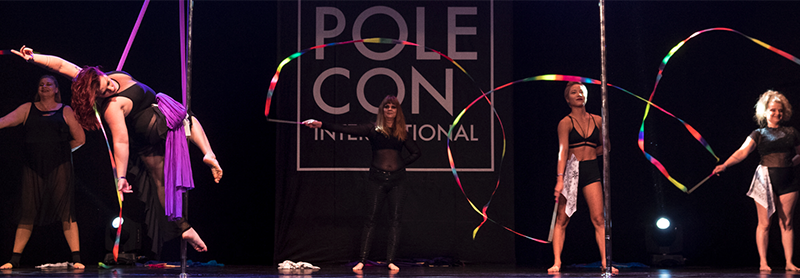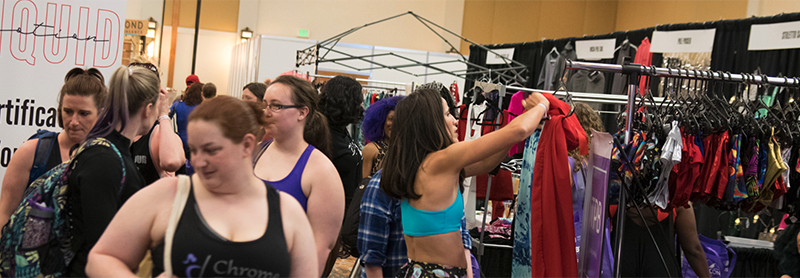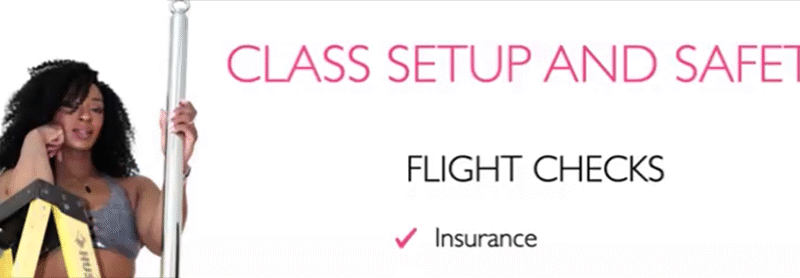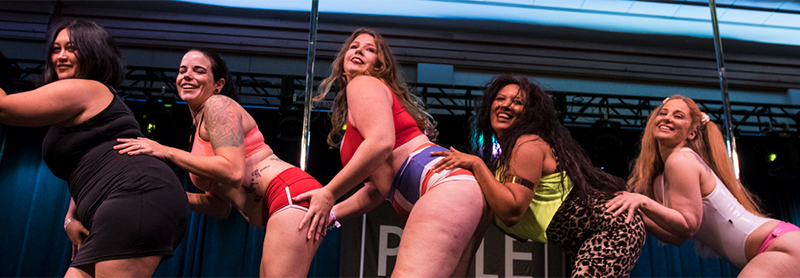A train-cation is a trip (usually away from home) where you focus for a specific…

SMART Goals for Business and Training (Part 2 of 2)
In Part 1 we talked about how SMART goals can be applied to your business, but SMART goals can also be applied to your training (which impacts your business!).
To recap, SMART goals are Specific, Measurable, Achievable, Relevant, and Time-Bound.
Let’s talk about what this looks like in training and class planning.
What does a SMART goal look like in training?
An example of a training goal is targeting a specific skill for acquisition. Again, something like “I want to get my Ayesha” is noble, but not well defined. To make this a SMART goal, you’ll need to gather some information. Question to ask yourself include:
- What are the prerequisites for this skill?
- Can I achieve those prerequisites?
- How much time per week can I dedicate to working toward this skill?
- With the answers to the above questions, what is a realistic time frame for me to achieve this goal?
Let’s use our friend Lena (a made-up person) as an example. Lena started dabbling in pole after 8 years of aerial silks. She’s strong, she’s accustomed to being upside down, but she’s not yet accustomed to a hard apparatus like a pole, and she hasn’t done much work on her pushing muscles. Lena has a few goals to make before getting her Ayesha. One SMART goal for Lena would be
I will attend two pole classes every week for the next two months to work on desensitization and building my pole vocabulary. I will measure my desensitization by using a heart rate variability monitor and see how quickly I bounce back after each session.
This goal works on part of Lena’s problem, the fact that the pole can be painful if you haven’t trained it. A second SMART goal that Lena can work on at the same time is working on her pushing strength at a traditional gym or with a bodyweight workout. That goal would like like:
I will hire a personal trainer and meet with them once a week for the next two months to work on building strength in a pushing motion. I will do whatever exercises they assign me, the number of days a week they assign them, and increase my dumbbell bench press from 60 lbs to 80lbs.
Working with a personal trainer outside the pole studio on general strength, mobility, and flexibility is a great way to achieve the pole moves of your dreams.
What does a SMART goal look like for an instructor?
If you are an instructor, you can also use SMART goals to build out your curriculum.
Let’s say your favorite skill is Cupid and you’d like to teach it in a class. There are a few questions you need to ask yourself about your students like:
- Do your students have a strong enough hamstring strength to hold a Cupid?
- Can you explain the proper hip positioning?
- Have you discussed grip aides with your students?
Then you can set a goal such as:
For the next month I will include hamstring curls, side crunches, and single leg romanian deadlifts (RDLs) and positioning drills in every <appropriate level> class to get my students ready to learn Cupid.
The measurable part of this goal is a bit challenging, since it’s a goal for multiple individuals. You can’t guarantee every student will attend every class, and since every body is different, each student will have a varied strength/flexibility/positioning goal based on their physical form. If you work in a studio that has different weight equipment available, the measure can be increasing weight on hamstring curls and single leg RDLs. If you are in a studio that doesn’t have weight equipment the measure can be the number of reps before students feel fatigued. In a studio setting, you may have to get creative with how to measure your goals, AND it’s still achievable.
This can be expanded beyond a single instructor’s class or a single block of classes. Goals like the one above can be applied to overall studio programming to ensure students have a good foundation as they progress through levels.
What does a SMART goal look like for a performer?
Performers, don’t think we forgot about you! You can also create SMART goals for your performances. For example:
Next month I will take an introduction to acting class to improve my character work during performances and compete in the next local pole competition to get a rating on my character work.
Again, this goal may present challenges on the measurable front, but adding competing in a scored competition gives you a way to measure. Of course those measures are unlikely to be repeatable as every competition has different judges who are looking for different things, but it gives you something to measure against. Remember to only measure your scores to your scores and don’t focus on where you placed compared to others since SMART goals are for you and your growth.
SMART goals are a fantastic way to organize your goals for growth in business, class planning, physical training, and competition.
Keeping yourself accountable to the SMART goals you set guarantees growth in your field!



